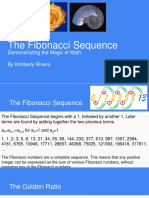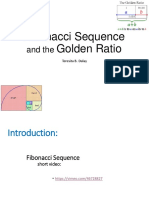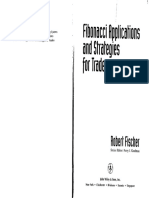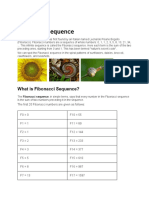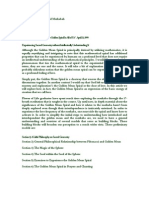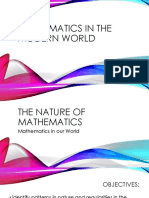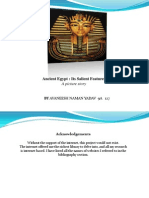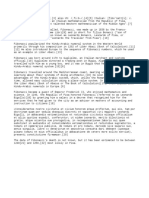0% found this document useful (0 votes)
37 views10 pagesFibonacci Chinmay
The document explores the Fibonacci sequence, detailing its historical origins, mathematical properties, and diverse real-world applications across fields such as biology, art, finance, and computer science. It highlights the sequence's connection to the golden ratio and its significance in optimizing natural structures and aesthetic designs. The document also discusses ongoing research and future directions for the application of Fibonacci numbers in various scientific domains.
Uploaded by
guptachinmay1612123Copyright
© © All Rights Reserved
We take content rights seriously. If you suspect this is your content, claim it here.
Available Formats
Download as PDF, TXT or read online on Scribd
0% found this document useful (0 votes)
37 views10 pagesFibonacci Chinmay
The document explores the Fibonacci sequence, detailing its historical origins, mathematical properties, and diverse real-world applications across fields such as biology, art, finance, and computer science. It highlights the sequence's connection to the golden ratio and its significance in optimizing natural structures and aesthetic designs. The document also discusses ongoing research and future directions for the application of Fibonacci numbers in various scientific domains.
Uploaded by
guptachinmay1612123Copyright
© © All Rights Reserved
We take content rights seriously. If you suspect this is your content, claim it here.
Available Formats
Download as PDF, TXT or read online on Scribd
/ 10





